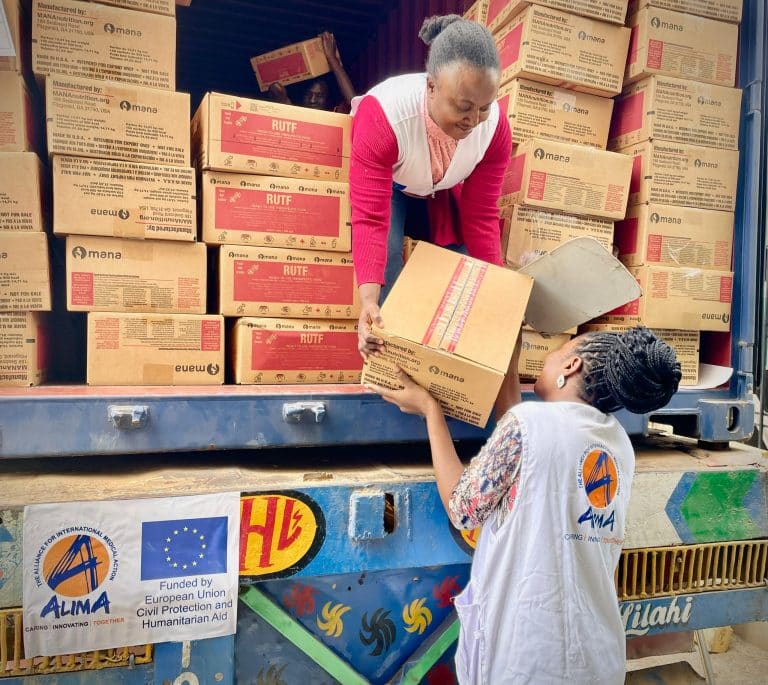“Today we are faced with a real problem: assessing the malnutrition situation in our different countries,” said Dr. Koly Bilivogui, a mobile survey leader from the Research Institute of Health Sciences (IRSS) in Burkina Faso. Usually, to be able to fight against what’s bad, we have to first estimate its magnitude, and this is what we are missing here.”
For the past year, ALIMA has been testing an innovative protocol for the treatment of malnutrition, which includes enrolling children suffering from both severe and moderate acute malnutrition in the same program based on the MUAC measure, and adjusting rations of therapeutic food based on the child’s health status. At the same time, mothers are trained to use a simple, tri-colored tape, known as the MUAC, to screen their children for malnutrition at home.
The purpose of the coverage survey is to determine what percentage of mothers have been trained to screen for malnutrition and also how many of the children who are suffering from malnutrition have received treatment.
Teabda Abdoul Aziz is one of the surveyors.
“The coverage survey concerns questioning each household,” he says. “There are many questions, but, in general, first we ask how many children between 6 and 59 months live in the household. We verify the name and age. Then, if there is at least one, we ask the mother if she was trained to use the MUAC and to show the tape. We also measure each child’s arm using the MUAC. That is a priority. And, if it shows they are malnourished, and there is no proof of treatment, we give them a referral ticket to the health center.”
The answers to each question, including the location of the household, are entered into the tablets in real time. The responses are uploaded each day to a server, where they can be aggregated and analysed. Visually, the results can be put onto a map to see in which areas there is a high concentration of malnourished kids and where more interventions are needed to further improve healthcare.
The teams can each reach up to 80 households per day, depending on the distance between family compounds. Previously, similar surveys were done with pen and paper.
“Before it took too much time and many people entering data manually.” Aziz said. “Now it is more efficient and we can verify almost immediately the results.”
Photo & video: What took you so long? / ALIMA





